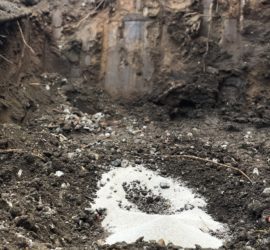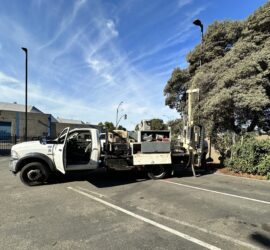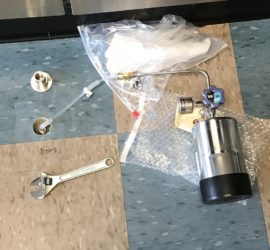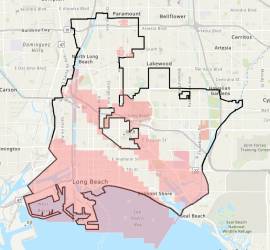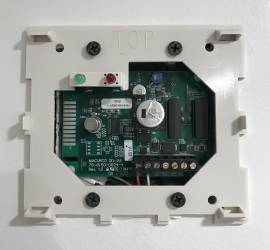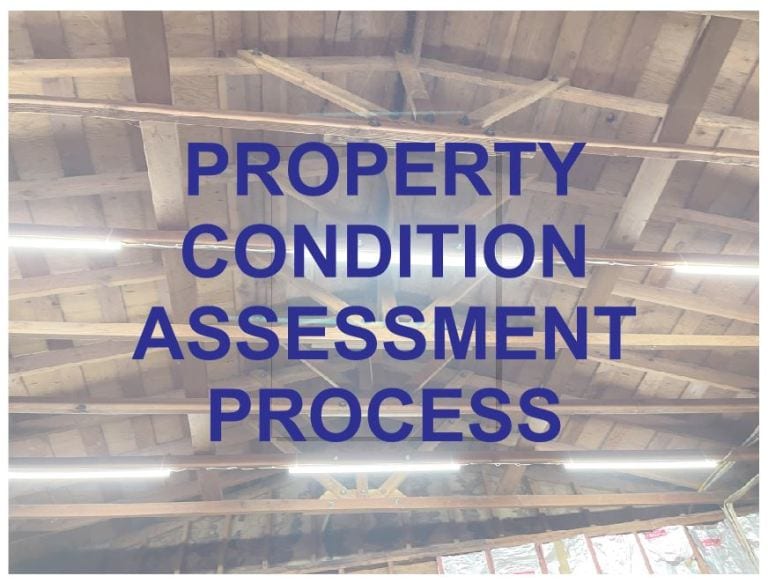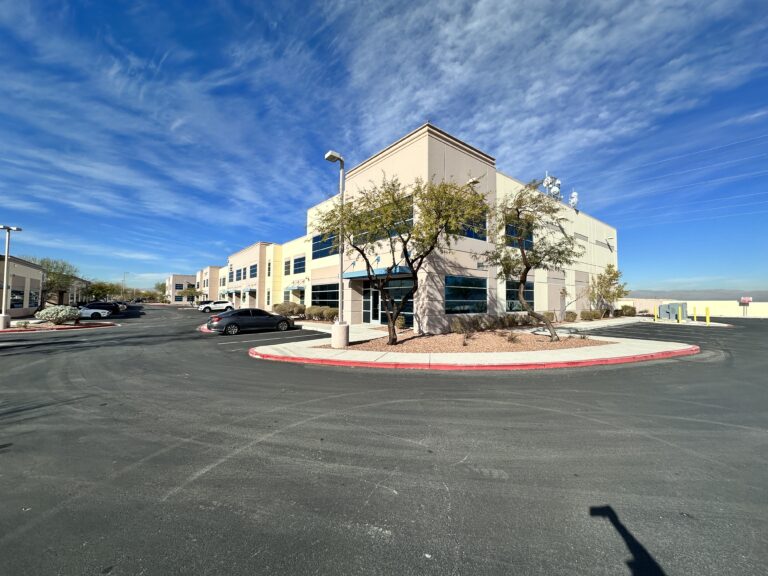Can You Retest a Methane Test of Soil?
Is it worthwhile to get a retest methane test of soil: Generally Not. Sometimes a methane test will show high results of the hazardous soil gas on a property. And developers will try a retest methane test to get “favorable results.” Regardless, there is a general legal requirement to still submit the original test data (whether it has higher or lower methane soil gas levels). This is a public health code concern governed by law, and delves into the matter of developer ethics. The rule is to submit the original report with the retest methane test report for the agency to review. And even when multiple reports indicate conflicting data; more than likely the agency will use the highest overall results. Thus, retesting in hopes of “favorable results” can be pointless and a waste of money. Updated June 5, 2023.
Building Department
The City of Los Angeles Department of Building and Safety (also known as the LADBS agency) has distinguished methane zones and methane buffer zones. Additionally, the Los Angeles Fire Department (also known as the LAFD agency) has oversight. As a result, methane mitigation standards apply. And therefore, a methane test becomes necessary. Other cities and counties also administer the same methane test policies. Cities like Huntington Beach have their own standards, while others may reference the LADBS policies and guidelines directly.
Interest to Retest a Methane Test
Building Safety Codes base the standard on the highest overall test result. This is referred to as the design methane concentration, and the LADBS and LAFD establish the site design level accordingly. For Example, consider a scenario with two methane test reports by different companies. The first methane test reports Level 5, and the retest methane test reports Level 4. In this case, the agency is likely to use the highest methane test, which is Level 5.
Methane Barrier Requirements
Oftentimes, developers believe a retest methane test may help them get out of having to construct a methane barrier. This is mostly incorrect. In most cases, it doesn’t even matter whether the results are Level 1 or 5. For example, a structure with a subterranean level in a Level 1 methane zone will likely still require a methane barrier.
The Legal Requirement to Report all Methane Test Data
High levels of methane soil gas have become a matter of public health concern. Anyone that has discovered high levels of methane test results, is required to obey the California Health and Safety Code and report results to LADBS and LAFD. In other jurisdictions, all potential public health hazards should also be reported to the appropriate agency for proper evaluation.
Thus, the policy entails the appropriate agency receives a copy of each methane test report, including the original and retest methane test.
What will the Agencies Decide?
Only the appropriate oversight agency has the authority to decide what methane level a property is. One cannot guarantee whether the agency decides to accept the original report or retest methane test. For instance, in the scenario above, the decision in the matter is entirely up to the City of Los Angeles.
Methane Test Results for Properties with Oil Wells
Developers must acknowledge that properties including (or within proximity to) oil wells typically result in high-level methane mitigation systems. Thus, it is common that a Level 5 mitigation system has an appropriate level of building safety components. Accordingly, the higher results between a methane test and a retest methane test are likely to prevail. Building an appropriate level mitigation system is not just about construction costs. It’s about the health safety of those who will use the building.
Standard Response to LADBS Retest Methane Test Inquiry
Although Clients may hire a consultant to perform a retest methane test (because the first testing results show higher methane soil gas levels), they must still submit the original reports (showing the higher methane design levels) to the City of Los Angeles Building Department. The final determination as to which site-design-level will actually prevail on the project is the sole responsibility of the LADBS, and nobody else.
As a matter of local and federal policies and health codes, Clients cannot withhold one report showing higher methane soil gas, and only submit their favored report with lower results. In fact, doing so leads to major legal liabilities and human health risks. Overall, the final decision about the site-design-level is to only be made by the LADBS. And in that process, the LADBS must have all design methane concentrations and design methane pressure values for review. There is absolutely no recommendation for manipulations or holdbacks of data.
Abandoning Methane Soil Gas Probes
Best practices do not allow for leaving the temporary soil gas probes unabandoned at a site. In fact, the installers of soil gas probes also have a professional responsibility to abandon the probes in accordance with Los Angeles County Department of Public Health drilling permit protocol, and ASTM guidelines. Regardless, many geologists do not recommend sampling methane soil gas from older temporary probes for LADBS surveys, because there is a higher risk of producing non-representative results. These are typically the result of annular seal degradation, long-term vapor leaking, moisture intrusion, and other defects.
Multiple LADBS Retest Methane Test Reports
If the original methane test results in a “Level 5” category, the site has a risk of high methane soil gas hazard. And the results of the 2nd round of testing are likely to be similar, even if the probes are at completely new drilling locations on-site. Thus, it is generally more efficient for Clients to accept there is a higher source of re-occurring methane soil gas, and commence building with a proper methane mitigation system for the safety of occupants. Nonetheless, the protocol entails allowing the LADBS to fully review all of the methane test reports at a site. And ultimately, the LADBS solely decides which site design level will prevail.
Additional Information & Sources:
DTSC Reporting Nonemergency Hazardous Substance Releases
EPA Groundwater & Drinking Water

